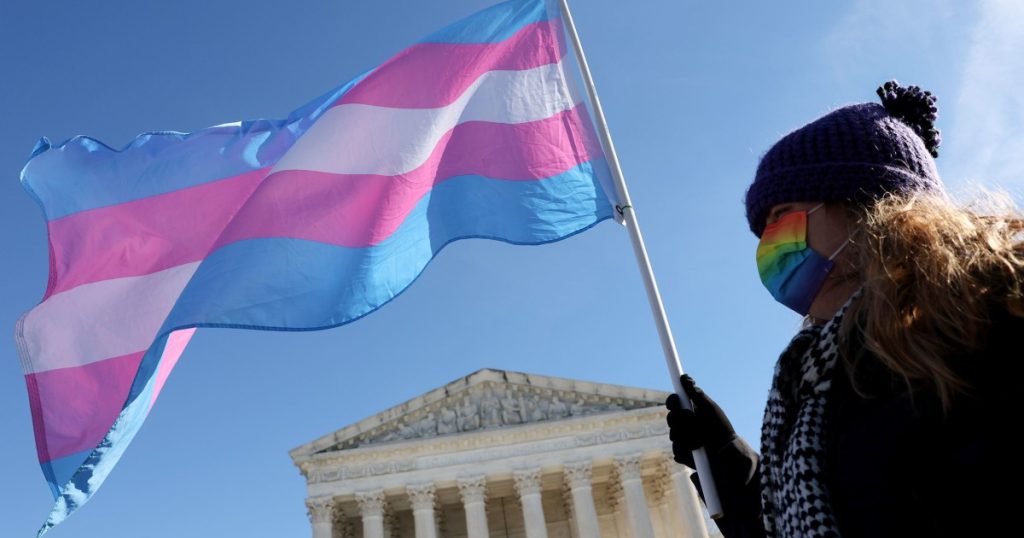Now Reading: 9 Types of Travelers and How to Give Them What They Want
-
01
9 Types of Travelers and How to Give Them What They Want
9 Types of Travelers and How to Give Them What They Want

Your property can host a variety of travelers at any given time, from families on vacation to solo guests relaxing after a business trip or food enthusiasts exploring the city’s culinary scene. Different types of travelers have unique expectations and priorities, whether it’s their first visit to the city or they are seasoned globetrotters. Understanding the needs of each type of traveler allows you to tailor your offerings to enhance their experience, leading to positive reviews and repeat bookings.
This guide delves into nine common types of guests, what they value, and how hotels can cater to their needs. Whether you manage a large urban hotel or a small independent property, knowing your guests helps you set prices strategically, provide better service, and stay competitive.
1. Solo travelers
Solo travelers, ranging from adventurous Gen Z individuals to retirees exploring the world, seek safety, convenience, and personalized experiences. Hotels can attract solo travelers with single-occupancy deals, transparent room information, and tailored amenities like fast Wi-Fi and coworking partnerships.
2. Family travelers
Families are a valuable segment in the hospitality industry, booking early and staying longer. They prioritize room configurations, child-friendly amenities, and proximity to attractions. Hotels can cater to families by offering interconnecting rooms, kid-friendly services, and stress-reducing amenities like laundry facilities.
3. Business travelers
Business travelers seek efficiency and comfort, valuing seamless services, high-speed Wi-Fi, and central locations. To meet their needs, hotels should focus on streamlined processes, weekday pricing, and amenities that enhance their work trips.
4. Digital nomads
Digital nomads are a unique segment of business travelers who prioritize longer stays, flexibility, and connectivity. Hotels can attract them by offering monthly rates, social spaces, and quiet work environments with fast Wi-Fi.
5. Adventure travelers
Adventure travelers prioritize experiences over luxury, seeking proximity to nature and on-the-go amenities. Hotels can appeal to them by offering adventure gear rentals, seasonal packages, and local expertise on outdoor activities.
6. SMERFs and group travelers
SMERFs and group travelers book in bulk and have specific needs for events, meetings, or reunions. Hotels can accommodate them by offering group rates, meeting spaces, and transparent logistics.
7. Budget travelers
Budget travelers prioritize value and transparency, seeking basic facilities and low fees. Hotels can attract them by providing clear pricing, honest information, and helpful details on their websites.
8. Foodies
Food-focused travelers plan trips around culinary experiences and expect hotel dining to be exceptional. Hotels can cater to them by showcasing their food offerings, recommending local eateries, and partnering with restaurants.
9. Pet travelers
Pet travelers seek pet-friendly accommodations with clear policies and on-site amenities for their furry companions. Hotels can attract them by providing pet-friendly services, amenities, and facilities.
Understanding the needs and preferences of different guest segments is crucial for hotels to attract guests, enhance their experiences, and build loyalty. By leveraging data and insights, hotels can make informed decisions, tailor their offerings, and maximize revenue growth.





